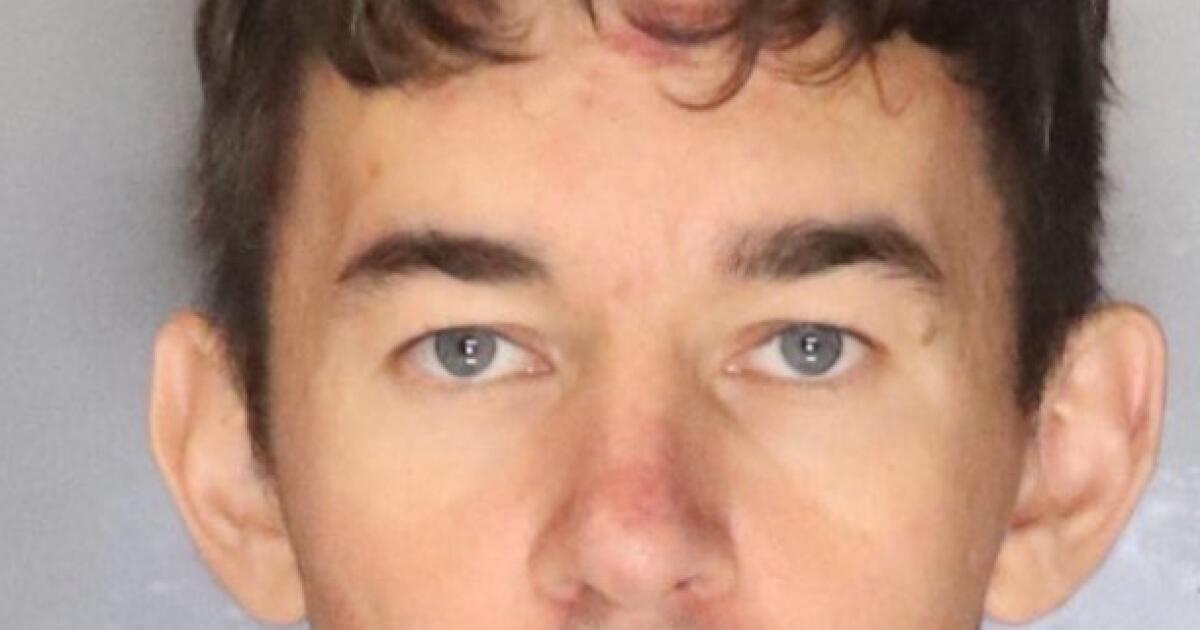Lewis Randy Williamson found the girl’s body off of Highway 243.
Esther Gonzalez, 17 at the time, had been raped, killed and dumped in a snowbank on the side of the highway. Williamson called the Riverside County sheriff on Feb. 9, 1979, and reported his discovery. Investigators noted at the time that he was argumentative. Five days later, he sat for an interview with law enforcement officials, who cleared him of any potential wrongdoing in the case after he passed a polygraph test.
For the next 35 years, Williamson, who served in the U.S. Marine Corps, lived a normal life and eventually moved to Florida, where he died in 2014.

Lewis Randy Williamson.
(Riverside County District Attorney)
After authorities picked the case back up recently with the newly available tactic of investigative genetic genealogy, they were able to match DNA found in the semen left at the crime scene with a sample of Williamson’s blood taken during his autopsy. Williamson was Gonzalez’s rapist and killer, the Riverside County district attorney’s office said.
Investigative genetic genealogy is a tool in which modern investigators build family trees using crime-scene DNA that has been entered into databases. The family trees allow them to locate potential suspects who they can then investigate using more traditional methods, such as finding old arrest records.
When the Riverside County district attorney’s office put the DNA from Gonzalez’s cold case into a database, they found a woman who was a potential relative of the unidentified killer.
The woman had died in Beaumont and a newspaper article listed her son as the executor of her will. His name was Lewis Randy Williamson.
Authorities subsequently realized the woman’s son was the same man who had reported finding Gonzalez’s body in 1979.
The investigator who connected the woman to Williamson “called me right away and said, ‘Hey, this could be a person of interest,’” said Jason Corey, an investigator with the district attorney’s office. .
The polygraph report could have been easily overlooked. It was a single piece of paper amid a mountain of evidence from the nearly 50-year-old case.
While investigators found some old assault allegations against Williamson, he did not appear to have any convictions for violent crimes, Corey said. And his DNA in a nationwide DNA system called Combined DNA Index System, or CODIS, has never matched with any other rapes or murders.
In the end, Corey is just happy that Gonzalez’s family finally knows who killed Esther as she walked from her parents’ home in Beaumont to her sister’s in Banning.
“This killing still haunts them,” Corey said. “But Esther was never forgotten by us all these years.”








Leave a Reply